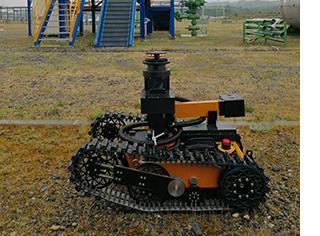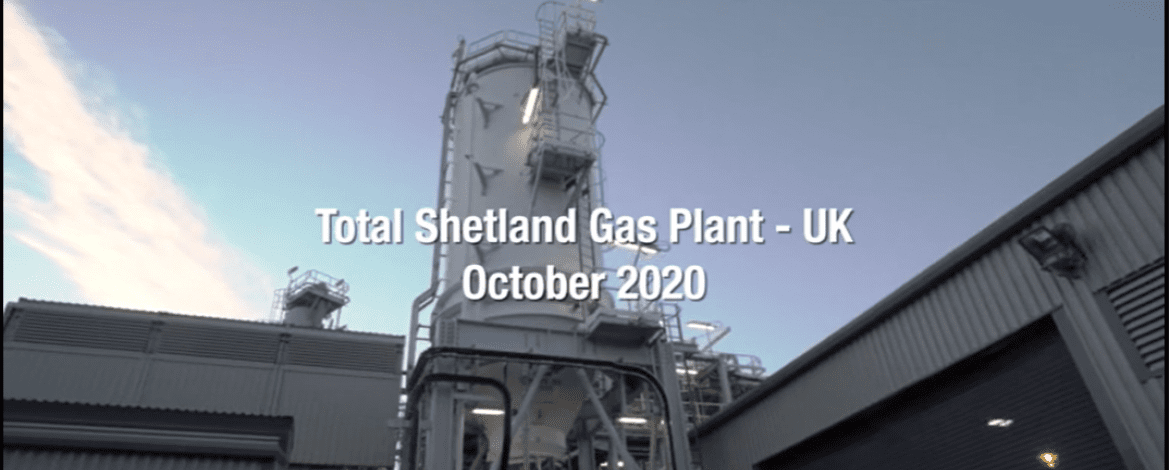25/04/2021 News
The ARGOS project surveillance robot is back in Lacq!
- Since 2013, TotalEnergies has been concentrating on developing and using autonomous land robots to step up safety for operators in hostile environments.
- An international competition run in Lacq proved the feasibility of an autonomous ATEX-certified (Explosive Atmospheres) surface robot, capable of detecting anomalies and alerting the operators.
- A surveillance robot was returned to the Lacq site in March 2021 to run additional tests on the robot development platform of the PERL.
One of the missions of the R&D teams at the CSTJF is to lay the groundwork for the facilities of the future. Their priority: safety. This value, shared at all levels in TotalEnergies, led the teams to imagine, as from 2013, an innovative solution to reinforce safety for operators and on sites: autonomous and ATEX-certified surveillance robots.
How can an innovative robot be developed in just three years?
By calling on start-ups and academics from all the over the world to create the very first autonomous surface robot prototype suited to industrial sites. The ARGOS (Autonomous Robot for Gas and Oil Sites) project was born. From 2014 to 2017, three international robotics competitions took place in Lacq to select the most promising robot among five prototypes.
The R&D team continued the robotic adventure with the Austrian start-up Taurob, winner of the ARGOS challenge alongside Darmstadt University (Germany), to develop a robot capable of running inspection rounds, detecting anomalies, and alerting the operators. 2020 marked the end of its development.
A surveillance robot was returned to the Lacq site in March 2021 to run additional tests on the robot development platform of the PERL. The robot testing area has been up and running since 2019. It comprises a modular structure six meters high and several test benches. The robot’s performances will be evaluated “remotely” from the remote-operations room of the PERL.

The robot’s missions
- Autonomously detect anomalies in relation to a known standard situation: see/hear leaks, hot points, obstacles, etc.
- Monitor process parameters, create 3D maps.
- Move over all types of surfaces in the facilities, including going up and down stairs.
- Have a man/machine interface allowing fast and secure communication.
World first in the Shetland Islands
At the same time, two other robots have been running autonomous surveillance and inspection missions on TotalEnergies’s gas treatment site in the Shetland Islands (United Kingdom) since November 2020. The test, due to last one year, will serve to certify the robustness, endurance, and reliability of the robots in a difficult industrial environment. The objective is to make all the improvements necessary for the robots to be deployed on a global scale in our facilities all over the world as from 2022.
Watch this video to discover the robots’ first steps in the Shetland Islands and the teams’ impressions.


